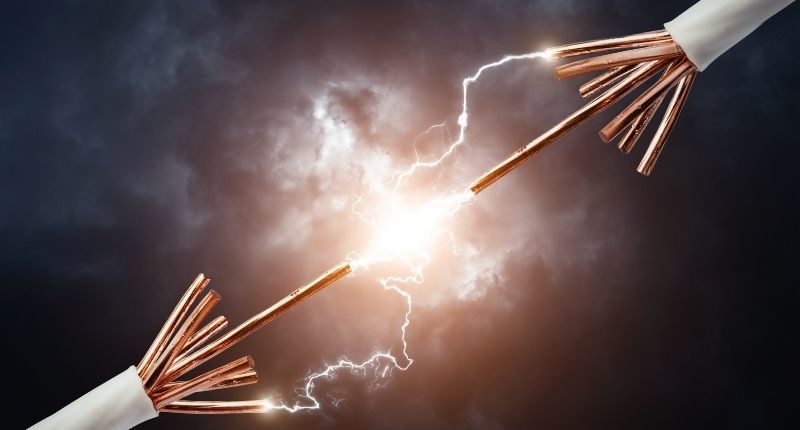- Devices embedded into construction joints generate electricity
- Generated by minute movements in the structure
- Research project expected to be completed by 2023
There’s a reasonable chance you have or have considered solar power for your home, and maybe even a battery, but where else in your home or a building could energy be generated?
Would you believe that the movement a building makes when the wind blows, or people walk through its structure, could create capturable energy?
A multidisciplinary collaborative research project between Infratech Industries and experts from the Centre for Infrastructure Engineering at Western Sydney University (WSU) has been working on just such a technology.
The technology
The key line of investigation is whether cutting edge materials such as titanium composites and carbon nanotubes can be embedded into a construction joint to capture the energy from movement-generated stress and strain on the joints of modular constructions.
In short, when a building moves, it can (theoretically) generate electricity.
“Our research program aims to remove major roadblocks preventing widespread application of high performance modular, prefabricated systems in construction, and accelerate the transition to advanced building manufacturing technologies in Australia and beyond.”
Dr Pejman Sharafi, Senior Lecturer at WSU, Head of MPD-Lab WSU
Researchers said the technology has a two-fold benefit. One is the energy generation, and the other is the increase in the efficiency, speed and quality of construction, and enhancements to safety by eliminating the need for on-site redundant elements.
Should buildings move?
Felicia Whiting, Director of Infratech Industries, said “Just moving or walking around a modular home can cause minute movements that can create an opportunity for energy to be harvested.”

“Environmental factors like strong winds that cause vibration or differentials in temperature on the skin of a building can also be converted into electrical energy, provided you have advanced energy-absorbing materials and smart building structures in place.”
The research team includes experts in nanocomposites, advanced sustainable materials, smart sensors, robotics, and automation from the Centre for Infrastructure Engineering.
The joint research project is scheduled for completion in late 2023.








